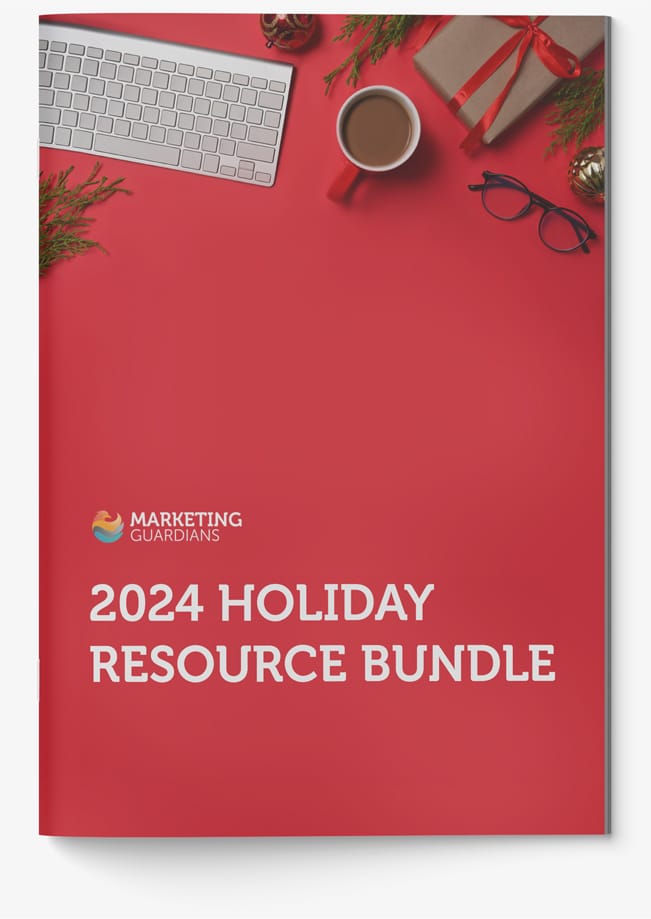The holiday season is a goldmine for businesses, but it’s also fraught with potential pitfalls. In the rush to meet deadlines and capitalize on consumer spending, it’s easy to overlook crucial elements that can make or break your campaign. Let’s dive into some common holiday marketing mistakes and how you can avoid them to make this season your most successful yet.
1. Poor Understanding of Your Target Audience and Market
Mistake: A lack of understanding of your target audience can result in campaigns that miss the mark, leaving potential customers untouched.
Solution: Conduct thorough research to uncover your audience’s interests, behaviors, and preferences. This insight allows you to tailor campaigns for maximum impact. Don’t assume a one-size-fits-all strategy will work. Instead, segment your audience based on demographics, interests, and past purchasing behavior.
Example: Nike’s 2022 holiday campaign effectively segmented its audience by using data to send personalized emails with product recommendations based on customers’ browsing and purchase histories. As a result, Nike increased its email conversion rates significantly during the holiday season.
2. Poor Organization and Planning
Mistake: Without a well-structured plan, marketing efforts can become disjointed and ineffective, leading to missed opportunities. The last thing you want is to launch a holiday campaign that feels rushed or lacks coherence.
Solution: Start planning early. Create a campaign calendar outlining key dates, deadlines, and promotional activities to keep your team aligned and on track. Planning early also gives you ample time for content creation, testing, and design tweaks.
Example: Apple is known for planning its holiday campaigns months in advance. They carefully coordinate everything from product launches to special promotions and holiday-themed ads, resulting in seamless, consistent messaging across channels.
3. Unclear Goals Beyond Revenue
Mistake: Focusing solely on revenue generation neglects other important objectives that contribute to long-term success, such as brand awareness, customer engagement, or website traffic.
Solution: Establish clear, measurable goals beyond just revenue. These goals could include increasing social media engagement, boosting brand awareness, or growing your email list, all of which contribute to long-term growth.
Example: Coca-Cola’s holiday campaigns often focus more on emotional engagement than immediate sales. Their “Share a Coke” campaign emphasized connecting with loved ones and building brand affinity, which fostered long-term loyalty far beyond the holiday season.
4. Not Standing Out Against Your Competition
Mistake: With the flood of holiday promotions, it’s easy to blend in with the competition. Failing to differentiate your brand can leave you lost in the noise.
Solution: Showcase your brand’s unique selling points, values, and mission to distinguish yourself from competitors. Offer something different—whether it’s exclusive deals, personalized experiences, or innovative campaigns that resonate with your audience.
Example: REI’s #OptOutside campaign, where the company closed its stores on Black Friday, was a bold move that distinguished them from competitors. It reinforced REI’s commitment to the outdoors and resonated deeply with their audience, boosting both engagement and brand loyalty.
5. Zero Adjustments for the “Holiday Consumer”
Mistake: Holiday shoppers behave differently than during other times of the year. Neglecting to adjust your marketing strategies for these behaviors can result in missed opportunities.
Solution: Tailor your approach to cater to holiday consumers’ specific needs. This might include optimizing your website for mobile shopping, offering gift guides or curated collections, and running time-sensitive promotions.
Example: Target’s “Gifts Under $25” landing page helped busy holiday shoppers quickly find affordable gift options. This not only drove sales but also provided a more convenient shopping experience that kept customers coming back throughout the season.
6. Avoiding Analytics
Mistake: Neglecting to track and analyze key performance metrics prevents you from making informed decisions that could improve your campaign’s performance.
Solution: Use tools like Google Analytics or your CRM software to gather data on website traffic, engagement rates, and conversion metrics. Regularly reviewing this data will help you identify trends and optimize your campaigns in real time.
Example: E-commerce brands like ASOS regularly analyze their campaign data to make real-time adjustments. If a particular email subject line isn’t performing well, they can change it mid-campaign to optimize open and click-through rates.
The holiday season offers an enormous opportunity, but it’s easy to fall into common traps if you’re not prepared. By understanding your audience, planning ahead, setting clear goals, and using data to drive decisions, you can avoid these common mistakes and make this holiday season your most successful yet.
Final Thoughts
Got questions or need help fine-tuning your holiday strategy? Feel free to reach out, or follow us on social media for more tips. In the next blog, we’ll explore the first tip for improving your holiday marketing—giving back to your target audience and community. Spoiler alert: it’s not just about discounts!

Holiday 2024 Resource Bundle
Download this free bundle of resources to help you plan and execute your best holiday quarter ever (and enjoy the results all year!).






























































































































































































































































































































































































